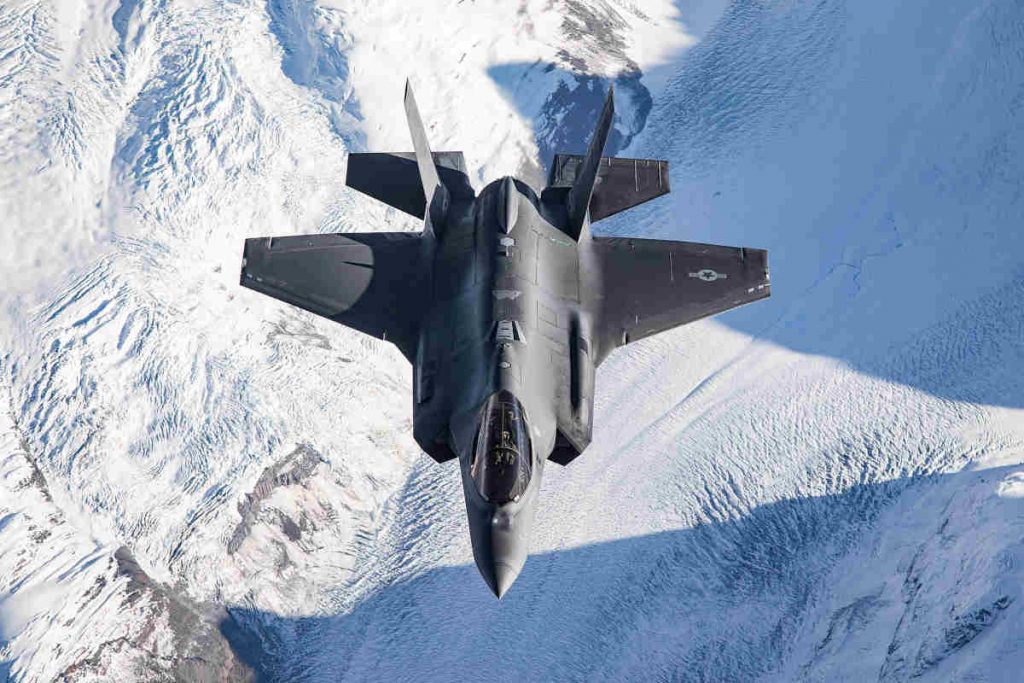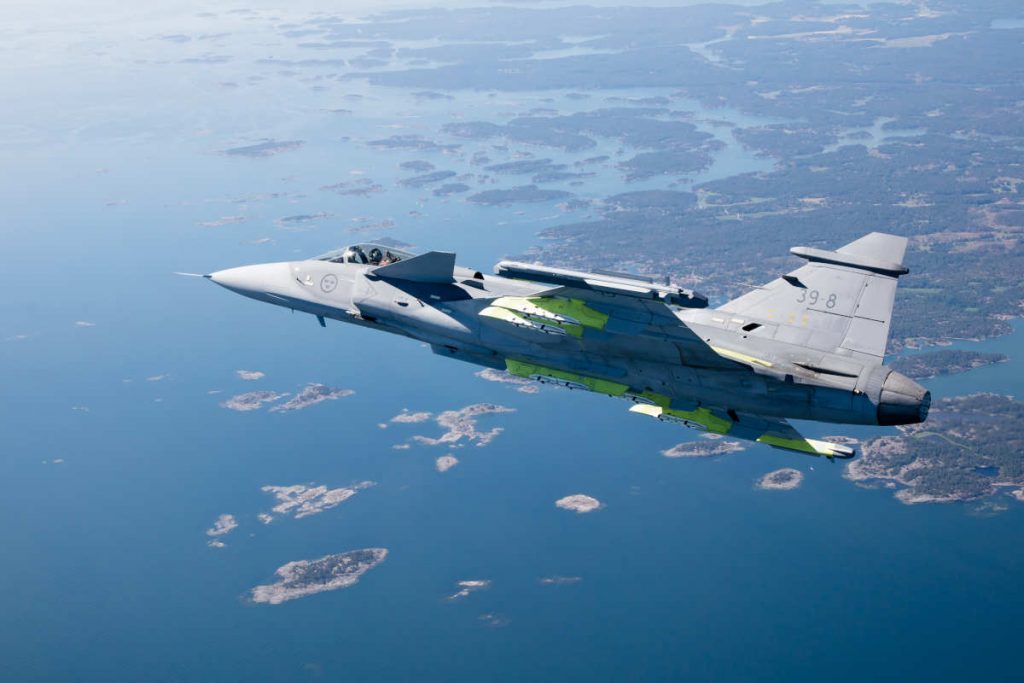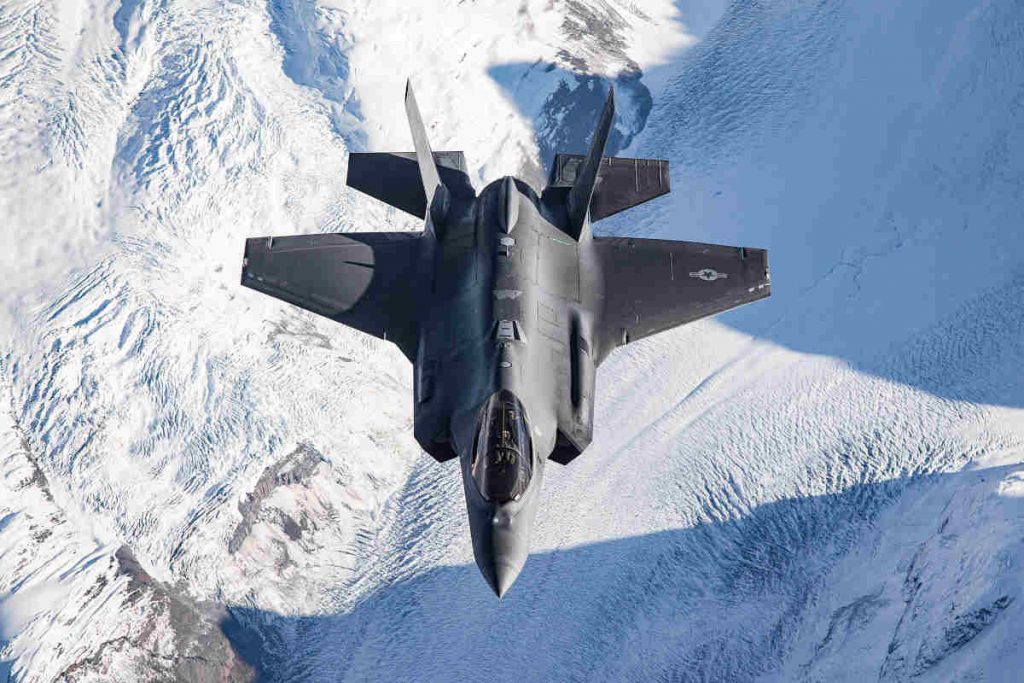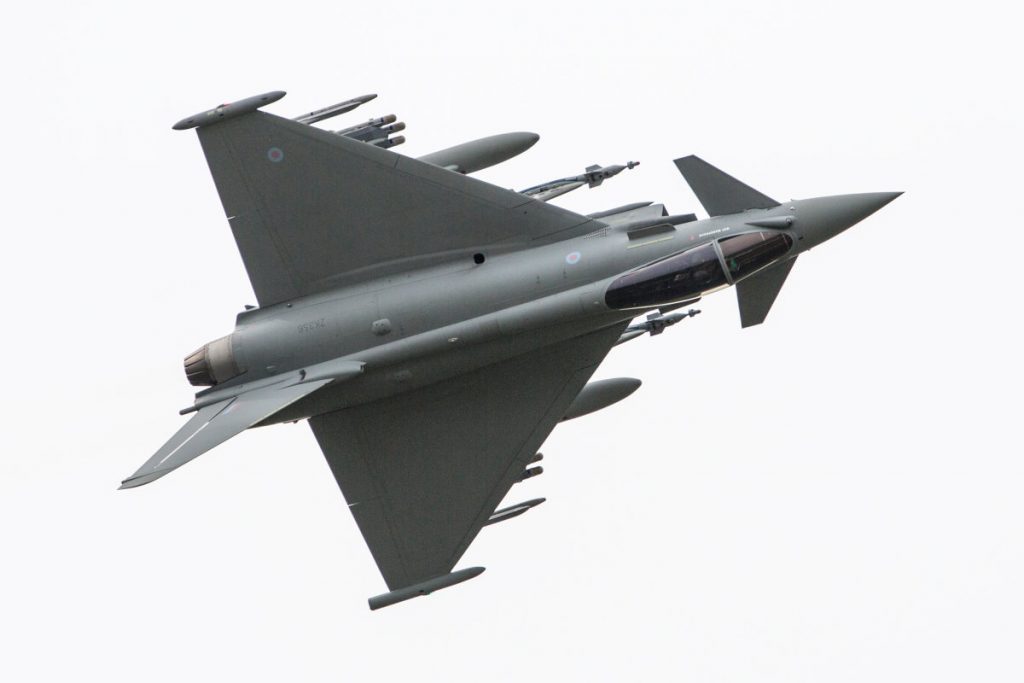
Features
Military
Canada releases RFP for 88 fighter jets
July 26, 2019 By Wings Staff
 Canada has been involved in the U.S.-led F-35 Joint Strike Fighter Program since 1997, helping to develop what is described as a true fifth-generation fighter. (Photo Lockheed Martin/Pilot Maj.Eskil Amdal, Royal Norwegian Air Force)
Canada has been involved in the U.S.-led F-35 Joint Strike Fighter Program since 1997, helping to develop what is described as a true fifth-generation fighter. (Photo Lockheed Martin/Pilot Maj.Eskil Amdal, Royal Norwegian Air Force) The Government of Canada on July 23 released the formal Request for Proposals for its Future Fighter program, which is part of the country’s 20-year Strong, Secure, Engaged policy and defence investment plan, to replace its fleet of CF-188 Hornets with 88 new-generation fighter jets.
The Future Fighter portion of Canada’s current defence policy, first introduced in 2017, is described by the government as the most-significant investment in the Royal Canadian Air Force (RCAF) in more than 30 years. The CF-188 Hornets began entering service in 1983 and will continue to support the Canadian Armed Forces as the new-generation fighters are delivered. To this end, the government recently invested in 18 Australian F/A-18A Hornets to help bridge the transition, with the first two such aircraft arriving at 4 Wing Cold Lake, Alberta, in February 2019. The final Australian aircraft from this purchase are expected to be delivered by the end of 2021.
Within the Strong, Secure, Engaged policy, new investments in the RCAF alone will reach $47.2 billion amid more than 50 significant Canadian Armed Forces capital projects – a total spend pegged at around $107.9 billion, according to the government’s publicly released Investment Plan 2018. The RCAF is receiving the bulk of new Canadian defence investment, extending well beyond Future Fighter procurement into 16 other large projects, such as training (FAcT), communications, and a range of aircraft upgrades spread out across all military fleets, which collectively hold approximately 350 aircraft.
Canada expects to name the winning Future Fighter bid in early 2022, with the first aircraft deliveries starting as early as 2025. The official release of the RFP is described by the government as a major milestone in the fighter procurement process which began in December 2017 to engage eligible suppliers through several rounds of consultation.
“The procurement of a fleet of 88 future fighter aircraft is an essential step forward that our government committed to in Strong, Secure, Engaged,” said Harjit Sajjan, Minister of National Defence. “This investment will mean that the Royal Canadian Air Force has what it needs to protect Canadians. It is essential that we get the right equipment that will serve our women and men in uniform for decades to come.”
After Dassault pulled out of the competition in early 2019, four qualified suppliers are expected to compete for the contract, valued at approximately $20 billion. This includes Saab of Sweden with its Gripen E; the consortium behind the Eurofighter Typhoon which includes Airbus, Leonardo and BAE based out of the United Kingdom and Northern Ireland; Boeing of the U.S. with its F/A-18 Super Hornet; and Lockheed Martin of the U.S. with its F-35A Lightning II Joint Strike Fighter.
These four suppliers have until spring 2020 to submit their initial proposals to Canada. First however, the bidders must submit a plan outlining how they will meet Canada’s security and interoperability requirements. This security offer is due in fall 2019, and following feedback from Canada, bidders may revise and resubmit that offer as part of the initial proposal in spring 2020.
The Strong, Secure, Engaged policy for Canadian defence translates Strong as Home, Secure as North America, and Engaged as World. The Secure portion of the policy outlines Canada’s intent to eliminate threats in North America primarily through its NORAD partnership with the United States. Dassault noted Canada’s extensive interoperability requirements with U.S. forces as a primary reason for its RFP withdrawal. The opening of the Arctic – and clear intentions from Russia and Nordic countries to gain control in the polar region – places more emphasis on developing defence capabilities in tandem with the U.S.
Defence Investment: Strong, Secure and Engaged, What the RCAF gains in Canada’s 20-year plan
Canada released its evaluation criteria for the Future Fighter procurement to be based on technical merit (60 per cent), cost (20 per cent) and economic benefits (20 per cent). The government explains this criteria mix represents one of the highest weightings to economic benefits in Canadian history. All suppliers are required to provide a plan for economic benefits, which will largely relate to the involvement of Canadian aviation and aerospace companies before and after aircraft delivery, equal to the value of their proposed contract.



